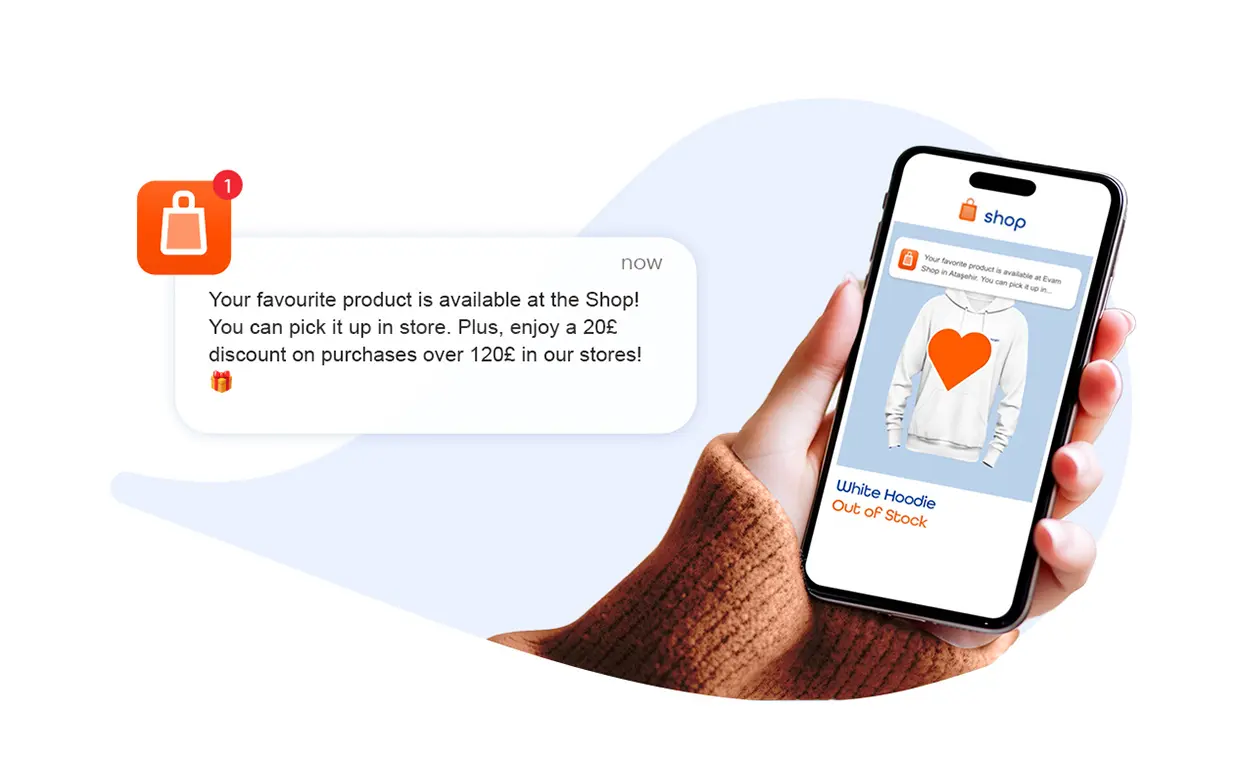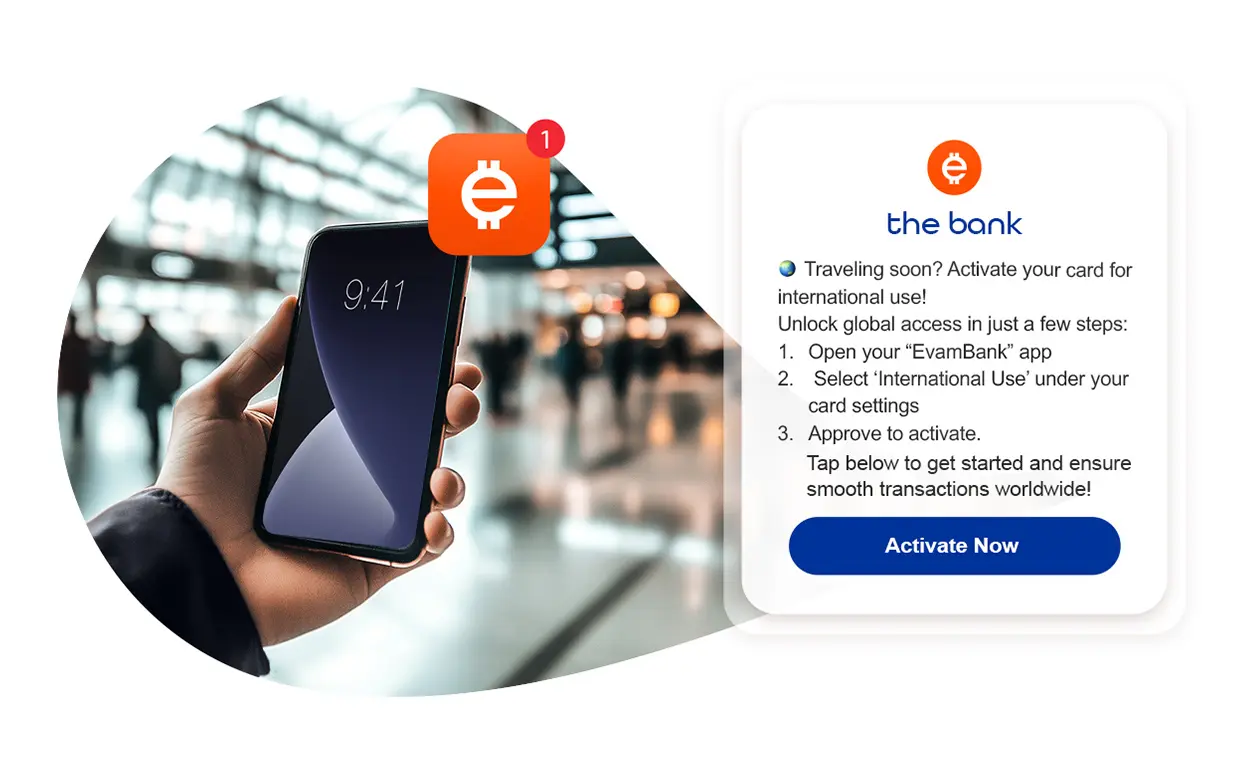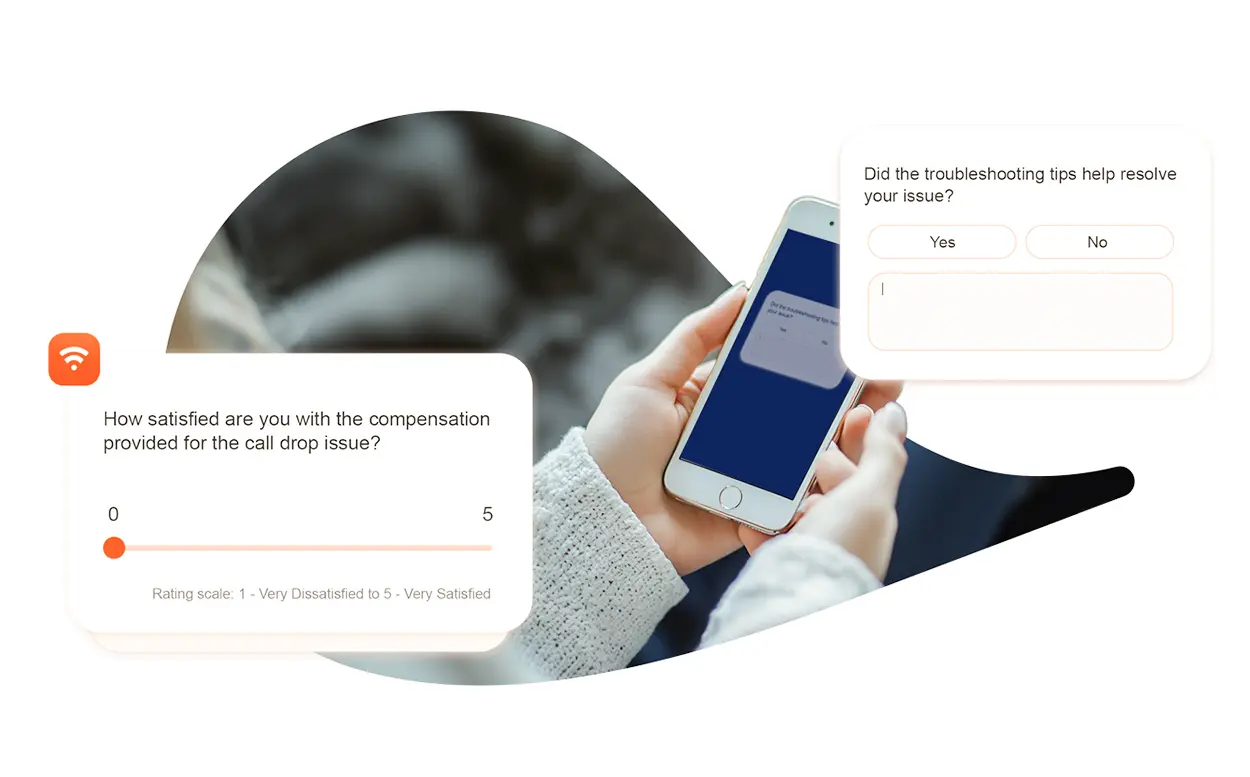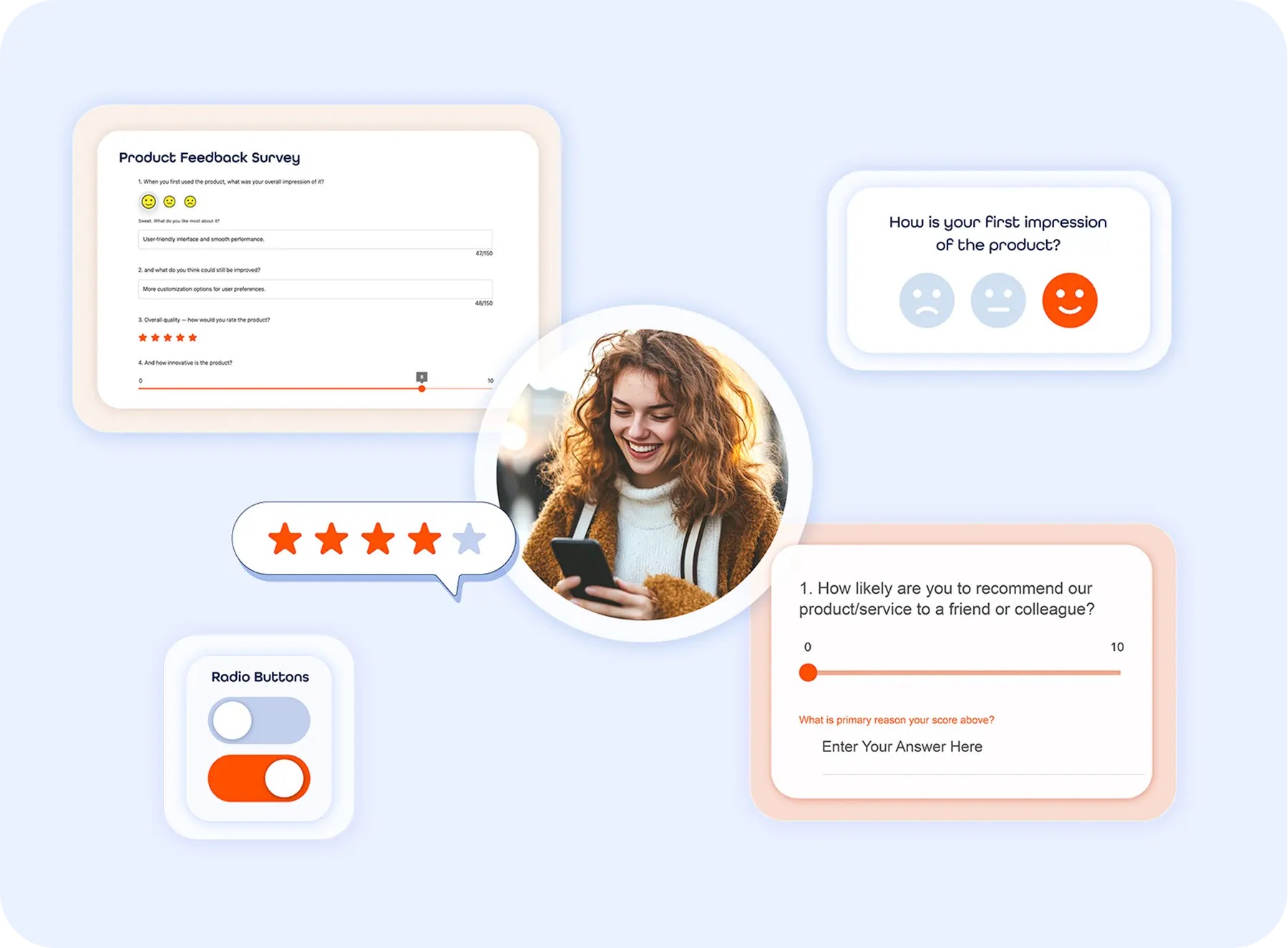User Engagement
What is User Engagement?
User engagement, also known as customer engagement, refers to the level of interaction and involvement a user has with a product, service, or platform. It measures how actively users participate in an experience, how frequently they return, and how deeply they interact with the features provided.
In the context of digital products, such as apps, websites, or software platforms, engagement goes beyond just a user's presence; it includes their behavior, actions, and emotional investment.
What is The Significance of User Engagement?
The more engaged a user is, the more likely they are to continue using a product and form long-term and loyal relationships with a brand. That’s why user engagement is a critical metric for businesses, as it provides them with several benefits:
1. Enhanced Customer Retention
Engaged users are more likely to stay loyal to a product or service. When users are engaged, they tend to return more often, reducing churn and increasing retention rates.
2. Increased Lifetime Value (LTV)
High user engagement is linked to increased lifetime value. Engaged users are more likely to make more purchases, subscribe to services, or upgrade to higher-tier offerings over time.
3. Better Customer Insights
When users engage with a product, businesses can gather valuable data on preferences, pain points, and behavior. This data can be used to refine features, improve the customer experience, and optimize products for greater success.
4. Strengthened Brand Loyalty
Engaged users feel a stronger connection with a brand, which can translate into long-term loyalty. They are more likely to stay with a brand through changes in the market or product updates. Engaged users can also help increase a brand’s reach through word of mouth, organically acting as brand ambassadors.
5. Improved ROI
Engagement is often directly linked to revenue generation. More frequent users are likely to generate more revenue, whether through direct purchases, subscriptions, or ads. Additionally, engaged users often lead to higher conversion rates for upsells and cross-sells.
How is User Engagement Measured?
Measuring user engagement can be done in several ways, depending on the platform, product, and business goals. The following are some common user engagement metrics and methods:
1. Active Users
Metrics such as DAU (Daily Active Users), WAU (Weekly Active Users), and MAU (Monthly Active Users) track how many unique users engage with a brand within a certain time frame.
2. Session Length
The session length is the duration of time a user spends on the app or platform in a single session. Longer sessions typically indicate higher levels of engagement. This metric can be measured with tools such as user engagement GA4.
3. Session Frequency
Session frequency measures how often a user returns to the app or platform. Higher session frequency is a strong indicator of engagement, as it shows that users are coming back regularly.
4. Retention & Churn Rate
Retention rate tracks how many users continue to engage with the platform after a specific period of time, and higher rates indicate strong engagement. Conversely, churn rate measures the percentage of users who stop using the platform after a certain time period. A high churn rate typically indicates low engagement and is a red flag for businesses.
5. Engagement Depth
Engagement depth measures the number of actions users take during their interaction with the app, such as clicking, commenting, sharing, or completing a purchase.
6. Interaction Rates
Interaction rates such as open rates, click-through rates (CTR), and conversion rates measure how engaged users are with communications, and track the success of marketing campaigns via channels such as email and push notifications.
7. User Feedback & Reviews
Collecting user feedback through surveys, ratings, and reviews is a direct way for businesses to gauge engagement. Users who take the time to provide feedback are typically highly engaged, and their opinions can help shape products, services, future updates, and improve user engagement.
8. Customer Satisfaction and NPS (Net Promoter Score)
NPS measures how likely users are to recommend a brand’s products to others. A high NPS score often correlates with strong user engagement, overall satisfaction, and loyalty.
What are Examples of User Engagement in Different Industries?
While metrics like daily active users are relatively straightforward, the interpretation of user engagement metrics varies depending on the company’s business model.
For instance, high user engagement metrics such as views or clicks may be advantageous for a news or an e-commerce site, but not necessarily for a medical insurance business, where increased usage may indicate an impending claim. Here are some industry-specific examples of user engagement metrics:
1. e-Commerce
Engagement in e-Commerce sites revolves around intent to buy. Product views, actions such as adding items to cart, purchases, repeat purchases, social shares, reviews, and discount/promo code usages are meaningful user engagement metrics.

2. Fintech
For banking and financial services, engagement is often a sign of financial management rather than just browsing. If a customer is logging in often to track spending or check balances, it indicates active involvement in their financial journey. Too many logins, though, might signal concerns, like financial stress, so this should be contextualized. Key engagement actions are logins, transaction history viewing, using financial tools, signing up for new products/services such as loans or credit cards, and reaching out to customer support.

3. Insurance
In the insurance world, engagement doesn’t always mean good news. High engagement might indicate that a customer is preparing for a claim or adjusting their policy. There is a more issue-driven form of engagement compared to other industries, and key indicators of user engagement are policy management, claims tracking, policy renewals, and customer support requests.
4. Travel & Hospitality
For travel, engagement is driven by planning and booking behaviors, rather than casual browsing. Users searching for flights and hotels, completing bookings or reservations, trip planning and itinerary customizations, providing reviews regarding accommodations are some of the best indicators of user engagement.

5. Telecom
Engagement in telecom revolves around service management rather than exploration, and it’s often driven by needs such as troubleshooting, upgrading, or managing plans rather than simple interest. In telecom, mobile app user engagement metrics such as active users, session length, and feature adoption such as monitoring data usage or managing services are key indicators of how well the app is serving its customer base.

Whether they seek to improve brand loyalty, are curious how to increase their engagement on their website or mobile app, or hope to gain deeper insights into customer behavior, it’s important for businesses to embrace a user engagement strategy that is specific for their goals and the industry they operate in.
evamX: Transforming User Engagement with Real-Time Solutions
evamX is a real-time martech software that prioritizes customer-centricity to empower businesses in improving their user engagement and satisfaction.

With modules such as Customer Feedback and Insight Tracker, evamX provides businesses with comprehensive customer insights to make data-driven decisions that are industry-specific and drive meaningful interactions to enhance engagement.
Join the Evam Community
Subscribe to receive the latest insights, news, and updates straight to your inbox.


